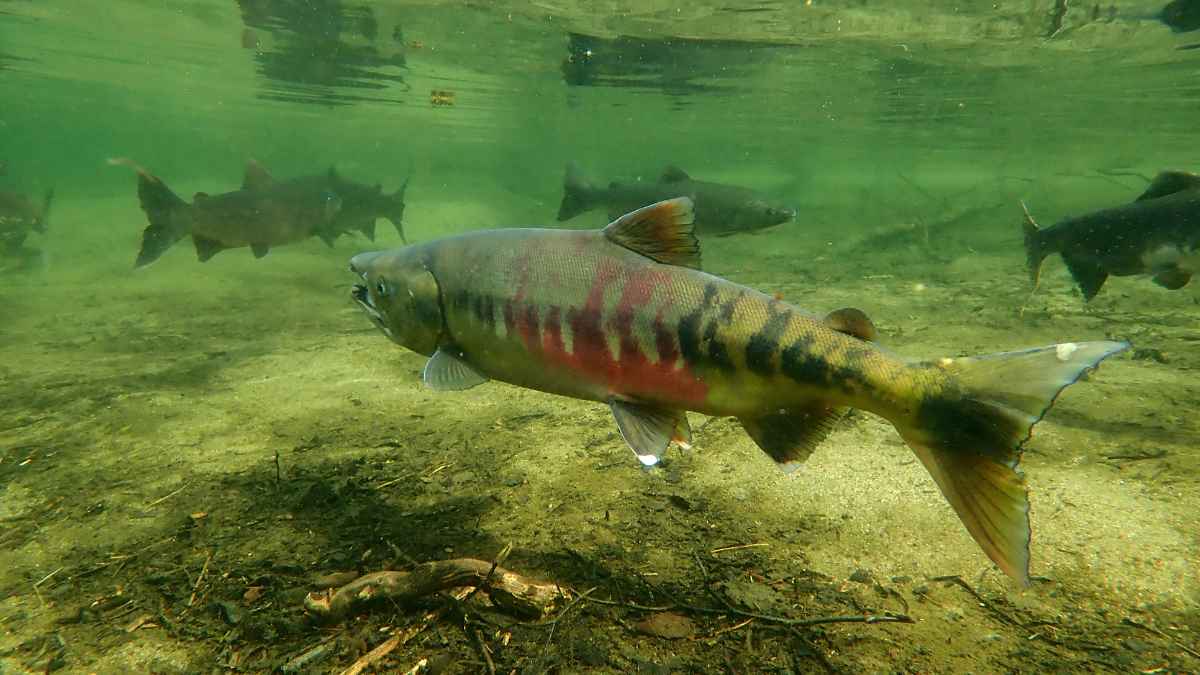Lauded for its numerous health perks, salmon remains a household favorite across the globe. Yet, a recent study warns of up to 70 parasites lurking within this fish, raising new concerns about its true safety.
Salmon’s enduring popularity stems from its high Omega-3 content and undeniable flavor. However, experts now say that salmon, especially when farmed, might carry more than just beneficial nutrients. Below, we break down the key findings and address how consumers can stay informed without giving up their favorite dish.
Why salmon contains more than 70 parasites and still remains popular worldwide
Salmon’s life cycle begins in coastal areas, often brimming with marine mammals that foster parasite transmission. As a result, young salmon easily pick up these microscopic hitchhikers. Nonetheless, people keep buying it for its reported advantages—supporting cardiovascular health and aiding brain function. This paradox lies in salmon’s compelling nutritional profile versus the sometimes-overlooked exposure to parasites.
Fish farms introduce another layer of risk, as pesticides and antibiotics are frequently used to combat disease and pests. These chemicals can settle on the fish’s surface or even accumulate in the flesh. In some facilities, workers rely on protective suits due to toxic substances. Ironically, the goal of reducing infections may lead to additional health concerns for consumers.
Can you be fined for ignoring these chemical disclosures? The answer is NO. While no direct fine is imposed on shoppers, being unaware of the risks can leave families vulnerable to potential health issues. Staying informed helps you make safer choices at the grocery store.
How to choose between wild and farmed salmon for better nutritional benefits
Wild salmon typically features a more balanced nutrient profile and fewer contaminants. Farmed salmon, by contrast, often has higher fat content, along with trace chemicals. For a snapshot comparison, see the table below:
| Aspect | Wild Salmon | Farmed Salmon |
|---|---|---|
| Calorie Count (per 100g) | ~115 | ~212 |
| Contaminant Risk | Lower | Higher |
| Diet Type | Natural | Processed Feed |
| Common Parasites | Still Present | Often More Prevalent |
Choosing responsibly caught wild salmon can minimize exposure to harmful substances. However, if farmed salmon is your only option, look for reputable brands that follow stringent quality controls.
Simple recommendations from specialists to reduce the potential risks of salmon consumption
Health authorities highlight several practical tips for salmon lovers:
- Cook Thoroughly: Proper heat can neutralize many parasites.
- Freeze Before Consuming Raw: Freezing destroys parasites in most cases.
- Diversify Your Diet: Incorporate other Omega-3-rich fish like sardines.
- Check Labels: Look for certifications or sustainability seals.
These small steps can significantly lower risks without forcing anyone to give up salmon entirely.
Trade disputes and tariffs that could significantly affect American seafood industry and salmon costs
On the economic front, salmon faces another challenge: potential tariff clashes involving countries like the U.S., Canada, and China. A shift in trade policies could drive up prices and limit supply. American seafood businesses relying on both wild-caught and imported salmon may see higher operating costs. Meanwhile, fishing communities—especially in Alaska—worry that retaliatory tariffs could hinder exports, reduce local incomes, and complicate long-standing trade relationships.
Overall, salmon remains a nutritional powerhouse but harbors hidden threats, from parasites to farmed chemicals. Opting for wild salmon, cooking it thoroughly, and monitoring tariff developments are all ways to stay protected and informed. By weighing the risks against the benefits, consumers can continue to enjoy one of the world’s most beloved fish responsibly.

